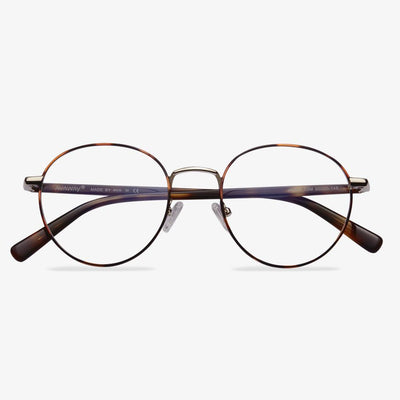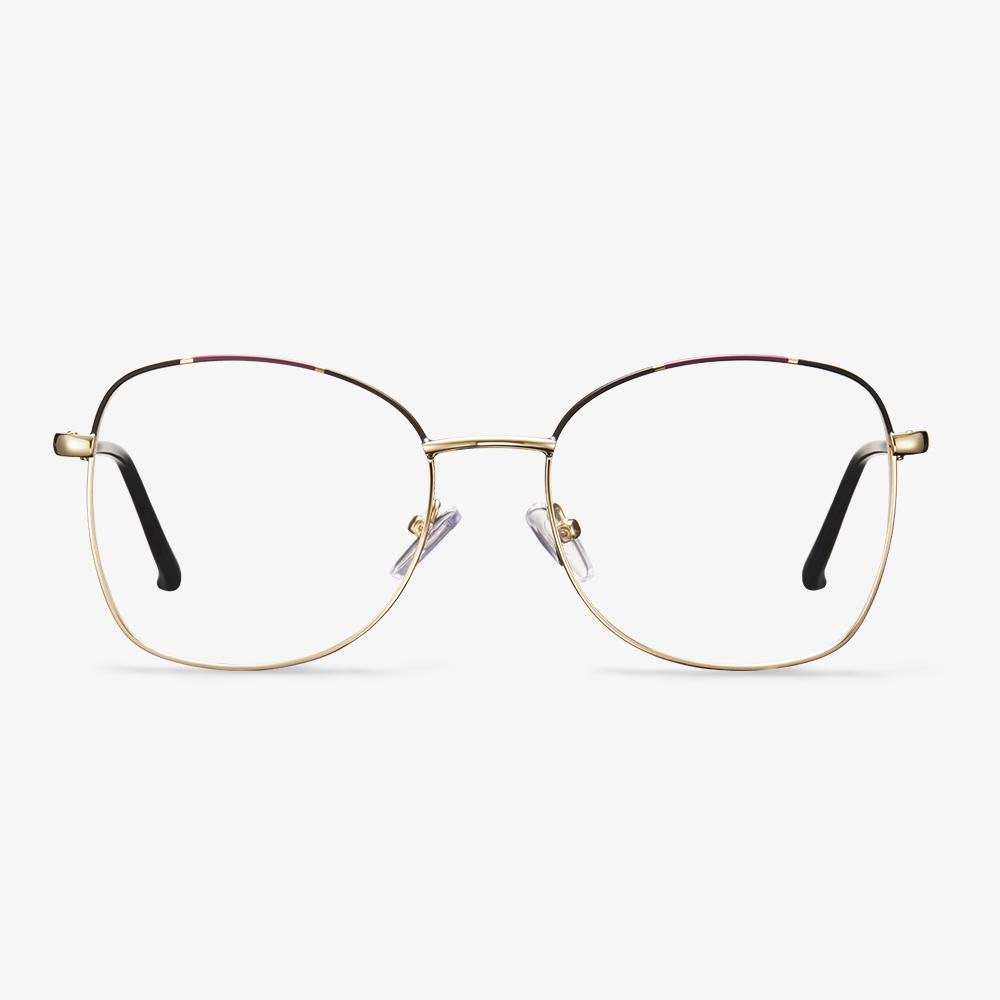Adjust the nose pad
The height of the nose pad is adjusted by first holding the glasses with one hand and holding the nose pad with pliers with the other. Then the pliers are lifted up and the nose pad is moved down until the glasses are in the correct position on the face. The asymmetrical adjustment method is to first hold the frame of the eyeglasses with one hand, the other hand clamps the nasal plate with pliers. Then twist it in the direction of the correct tray position so that the surface of the tray is in contact with the two sides of the nose. Wrap one side of the lens of the glasses to be operated with a cloth first to prevent the screwdriver from slipping and scraping the lens during the operation. Don't scratch your glasses by adjusting your nose pad.
Why are eyeglass frames are so expensive?
Good frames and bad frames are very different just in how they feel. The bigger the brand company, the more money it invests in the design, research and development, production equipment, and equipment of the lens frame every year, so as to improve the wearing comfort and improve the combination and precision of the lens. Even if for the general assembly line, the processing process is also very complicated. The most expensive things to make by hand are labor and time.
New Fashion Police Men's Polarized Sunglasses Driving Glasses
They have high quality. The lens material is a polarized lens. The frame color is silver/gold/brown/black and the visibility rate is 99(%). UV protection rating is UV400,with 100% UV protection. They are suitable for driving, fishing, daily leisure.
Most accidents happen at night and before dawn, which has a lot to do with glare and the problem of many people having blurred vision in the dark. Every driver knows the trouble of driving at night: glare, bright reflections, and bright lights from oncoming traffic. In addition, poor visibility at night can make driving tiring and dangerous!
How to Get Used to Progressive Lenses?
It is common that your vision may change when you are over age 40. You can find it is happening when have to hold your favorite book, the daily newspaper, or a restaurant menu farther away just to read it. This is an eye condition called presbyopia. It is normal and almost all of us get it as we reach middle age.
This eye condition often can be corrected by progressive lenses which allow you to see objects from far to near clearly. With progressive lenses, you do not have to switch your glasses to see far or near objects frequently.
However, since progressive glasses have three different prescriptions in one lens, it may be difficult for some people to adapt to the new ones. So, in this post, we will show you how to get used to progressive lenses.
Design principle of progressive multifocal lens
For the same piece of the lens, the top is used to see far, the bottom is used to see close. The upper and lower degrees are different.
There is not a sudden change in the distance degree fixed above the lens to the near degree fixed below the lens, but a gradual transition between the two through gradual changes in refractive power, which has special benefits over common bifocals or trifocal lenses.
Why do people like wearing rimless glasses?
The simple atmosphere and extreme minimalism can highlight the characteristics of the character. They belong to the business type glasses. They are suitable for professors, principals, and other leaders. A minimalist style will keep them from going wrong in the work environment. Secondly, they can highlight professional temperament. Because rimless glasses style is more diverse, and stylish, with a rich color difference, they are popular for many people.
Production technology of progressive lenses
In addition to the evolution in design, the production technology of progressive lenses is also constantly improving: the most representative one is the free-form technology. The emergence of free-form surface technology makes the production more flexible and rapid and can realize a more personalized design. For now, progressive lens design is done on the inside surface of the lens by a computer-controlled lathe, as if a master engraver could carve a piece of stone into a work of art.











































